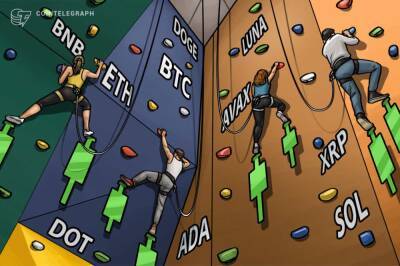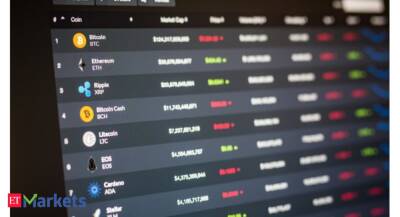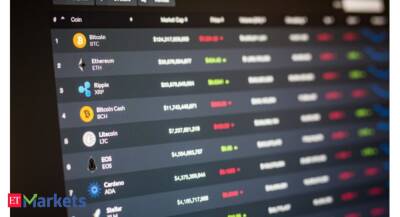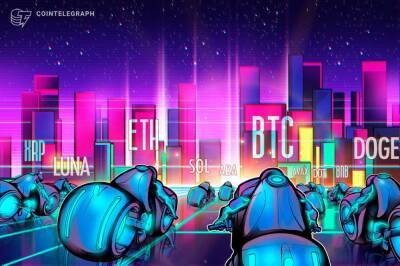Polygon’s focus on building L2 infrastructure outweighs MATIC’s 50% drop from ATH
After a devastating 50% correction between Dec. 25 and Jan. 25, Polygon (MATIC) has been struggling to sustain the $1.40 support. While some argue this top-15 coin has merely adjusted after a 16,200% gain in 2021, others point to competing scaling solutions growth.
Either way, Polygon (MATIC) remains 50.8% below its all-time high at an $11 billion market capitalization. Currently, the market cap of Terra (LUNA) stands at $37 billion, Solana (SOL) is above $26 billion, and Avalanche (AVAX) is at a $19 billion market value.
A positive note is that Polygon raised $450 million on Feb. 7, and the funding round was backed by some of blockchain’s most considerable venture funds, including Sequoia Capital.
Polygon offers scaling and infrastructure support to Ethereum Virtual Machine-based (EVM) decentralized applications. Besides, it is not plagued by the high transaction fees and network congestion that impact the Ethereum network.
However, as Proof-of-Stake layer-1 networks emerged and offered low-cost smart contract capabilities, it vastly increased the competition for Ethereum network decentralized finance (DeFi), non-fungible token minting, marketplaces, crypto games, gambling, and social applications.
In comparison, Terra’s total value locked increased by 340% between July and December 2021, reaching $12.6 billion. Similarly, Avalanche’s smart contracts deposits increased from $185 million to $11.11 billion in the same period.
Polygon’s primary DApp metric started to display weakness in August 2021 after the network‘s TVL dropped below 4 billion MATIC.
The chart above shows how Polygon‘s DApp deposits peaked at 7.4 billion MATIC in July 2021, then drastically declined over the next couple of months. In dollar terms, the current
Read more on cointelegraph.com






















